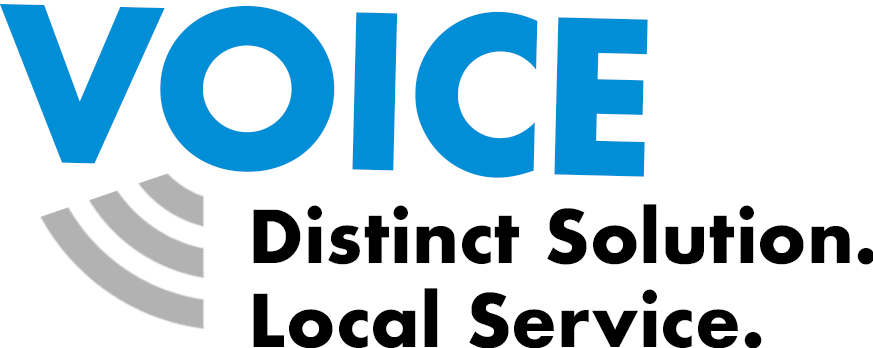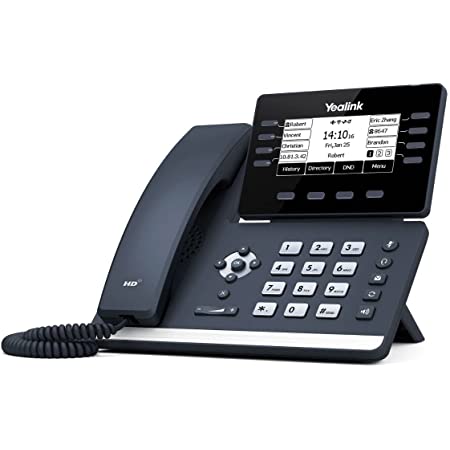



Welcome to your Nextworks high-definition internet VoIP desk phone. This is a highly capable phone that can be customized to your specific needs. This guide will cover the most used functions. Remember that Nextworks is always available to help.
Simply dial the party’s phone number or extension and press Send, Enter, or Call (depending on your phone).
Your system maintains an up-to-date user extension directory and “T9” dialing. Simply press the first 3 letters of person’s first name and the extension number will appear.
Example: To dial John, start by pressing 564…, find the appropriate extension and then Press Send, Enter, or Call (depending on your phone).
Your voicemail can be delivered to your phone, or your email, or both. If you would like this behavior to be changed, please email support@nextworks.com. Be sure to provide your extension.
Your phone has a message button ( or ![]() ) that lets you customize your voicemail options and recordings.
) that lets you customize your voicemail options and recordings.
Note: If you do not have a voicemail button you can dial *97.
To configure your voicemail greeting press or ![]() and you will be guided through the process.
and you will be guided through the process.
There are 4 voicemail recordings:
Notes:
This section focuses on physical phones. However, the same concepts apply for softphones. If you use a softphone, please refer to the Nextworks Voice Operator Panel as defined in your phone instruction packet. (This PDF document is customized specifically for you organization. Email support@nextworks.com if you don't have it.)
⚑ If you use preprogrammed extension buttons on your phone or expansion module (attached to the side of your phone) read this instead.
A blind transfer is when you perform a call transfer without consulting with your coworker first.
Once you are on a call and decided that the call is to be transferred:
An attended transfer is when you perform a call transfer and consult if your coworker wishes to accept the call.
Once you are on a call and decided that the call is to be transferred:
To transfer a call directly to voicemail, press TRANSFER then 0* followed by the extension number, then press B TRANSFER.
Example: To transfer a call directly to your coworker’s voicemail at extension 101, press TRANSFER then enter 0*101 then press B TRANSFER.
If your system is equipped with Parking Lots: Park1, Park2, Park3, Park4...
Note: most systems are not set up with parking lots.
Example: To park a call simply press the Park1 button. To retrieve the parked call from Park1 simply press the Park1 button. If Park1 is red – a call is parked there, and the system will indicate so.
You have a capability to change and program your own buttons.
The two most common types of custom buttons are:
How to Create a BLF (extension with call status visibility)
On your phone, push and hold one of the programmable buttons. (Choose one that's currently blank.)Incoming Internal Calls
Incoming External Calls
Incoming Calls Transferred to You
In an attended transfer, the extension and name of your coworker will appear on your phone as it rings.
In a blind transfer, the phone number and name (if available) of the outside caller will appear on your phone as it rings.
Outgoing Calls
Outgoing Transferred Calls
To learn about more capabilities, see Other Phone Features.
A more comprehensive Nextworks Voice Guide has been provided to the management of your organization. This document further defines your phone system and how it is deployed in your organization. Each system may have unique functionality.